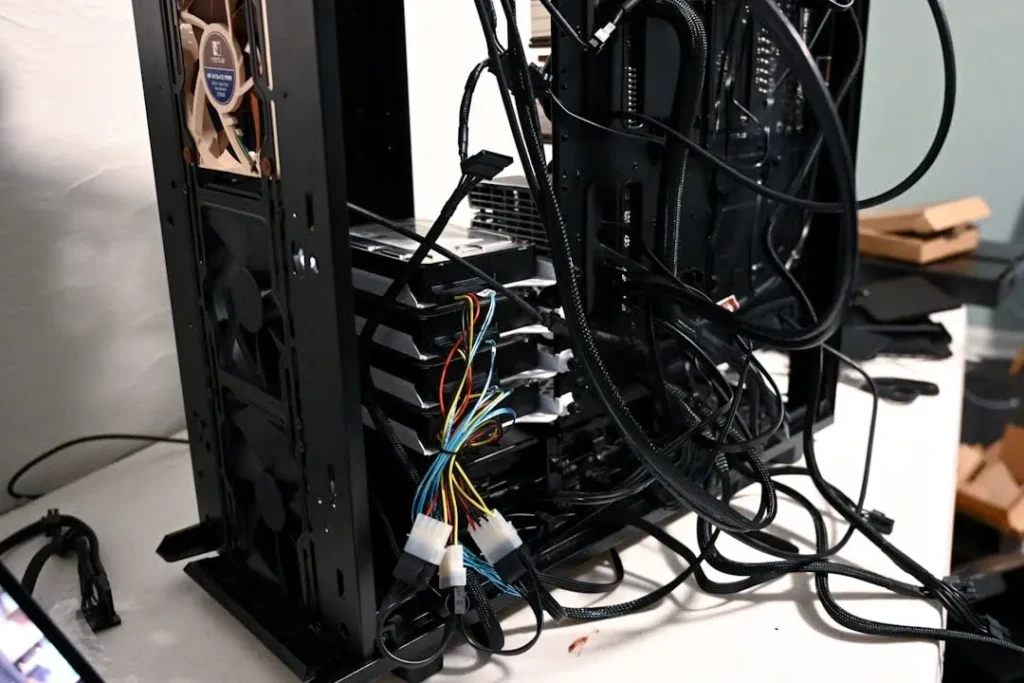Choosing the right components for your computer can be a daunting task, especially when it comes to ensuring compatibility between the CPU and motherboard. This guide aims to simplify the process and help you understand the key aspects of CPU compatibility. Running a CPU Compatibility Test can make it easier to determine whether your processor and motherboard will work seamlessly together. Whether you’re building a new PC or upgrading your existing system, understanding CPU compatibility is essential for optimal performance.
What is CPU Compatibility?
CPU compatibility refers to the ability of a processor to work with a specific motherboard. This compatibility is determined by several factors, including the CPU socket type, chipset compatibility, and BIOS support.
1.Socket Type
The CPU socket is a physical interface on the motherboard that holds the CPU in place. Each CPU model is designed to fit a specific socket type. For instance, Intel’s recent CPUs use the LGA 1200 socket, while AMD’s Ryzen series typically uses the AM4 socket. Before purchasing a CPU or motherboard, ensure that both components share the same socket type.
2.Chipset Compatibility
The chipset is a part of the motherboard that manages data flow between the processor, memory, and other peripherals. Different chipsets support different CPUs and features. For example, Intel’s Z490 chipset supports 10th-generation Intel Core processors, while the B450 chipset is compatible with AMD Ryzen processors. It’s crucial to select a motherboard with a chipset that supports your chosen CPU.
Tools for Checking CPU Compatibility
Several online tools and resources can help you check compatibility between your CPU and motherboard.
1.CPU Compatibility Checker
A CPU compatibility checker is an online tool that allows you to input the model of your CPU and motherboard to verify compatibility. These tools typically check for socket type, chipset support, and BIOS compatibility. Websites like PCPartPicker offer comprehensive compatibility checks for PC components.
2.Motherboard and Processor Compatibility Check
Performing a manual compatibility check involves reviewing the specifications of your CPU and motherboard. This includes checking the socket type, supported chipsets, and BIOS version. Manufacturers often provide detailed compatibility lists on their websites.
Understanding CPU and GPU Compatibility
Compatibility isn’t limited to just the CPU and motherboard. Ensuring that your CPU and GPU (graphics processing unit) are compatible is also important for system performance.
1.CPU and GPU Bottleneck
A bottleneck occurs when one component limits the performance of another. For example, pairing a high-end GPU with a low-end CPU can result in the CPU not being able to keep up, leading to reduced performance. It’s important to match your CPU and GPU to avoid bottlenecks and ensure balanced performance.
2.Checking Compatibility
When selecting a GPU, consider the power requirements, PCIe slot compatibility, and the physical dimensions of the card. Ensure that your power supply unit (PSU) can provide sufficient power for both the CPU and GPU.

Upgrading Your CPU: What to Consider
by Nathan Anderson (https://unsplash.com/@nathananderson)
Upgrading your CPU can give your system a significant performance boost, but there are several factors to consider before making a purchase.
1.BIOS Updates
Before upgrading your CPU, check if a BIOS update is required for compatibility with your new processor. Manufacturers often release BIOS updates to support new CPU models. Ensure that your current motherboard supports the BIOS version needed for your new CPU.
2.Cooling Solutions
Upgraded CPUs may require more efficient cooling solutions. Consider investing in a high-quality CPU cooler to maintain optimal temperatures and prevent thermal throttling.
Practical Steps for Checking Compatibility
- Identify Your Current Components: Use system information tools to determine your current CPU and motherboard models.
- Research Compatibility: Use manufacturer websites and online tools to check compatibility between your desired CPU and existing motherboard.
- Plan for Upgrades: Consider additional components like coolers and power supplies that may be necessary for your new CPU.
- Perform a Compatibility Test: Double-check your chosen components with online compatibility checkers to ensure they work together seamlessly.
Read more:How To See What Power Supply I Have?
Conclusion
Understanding CPU compatibility is crucial for building and upgrading a PC. By considering factors such as socket type, chipset compatibility, and BIOS support, you can ensure that your components work together optimally. Utilize online tools and resources to simplify the compatibility check process and make informed decisions for your build or upgrade. With the right components, you can achieve a system that offers excellent performance and meets your computing needs.
